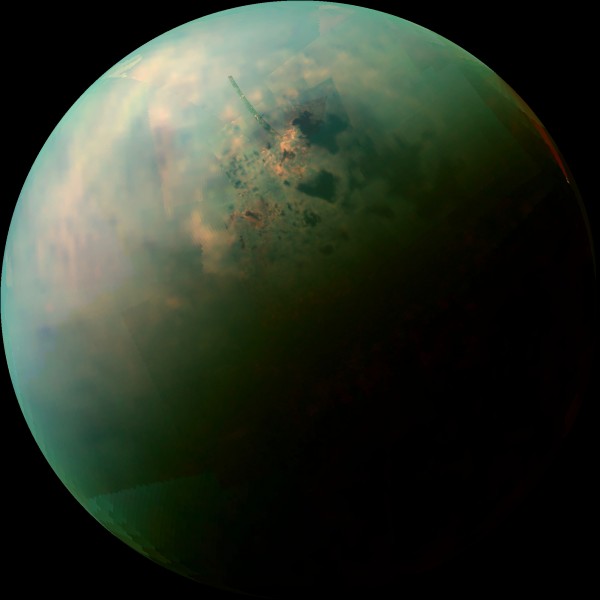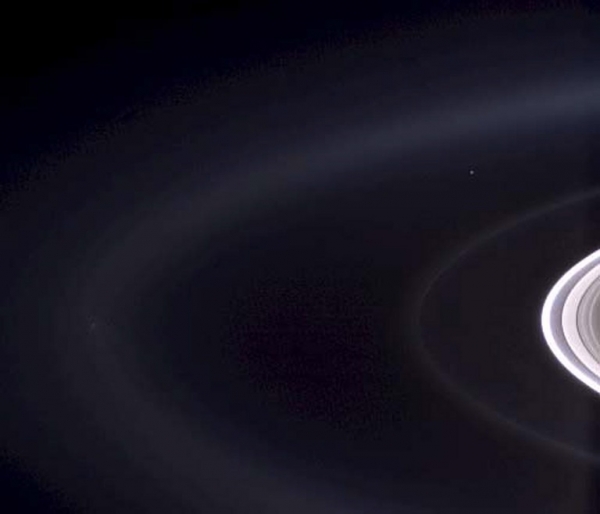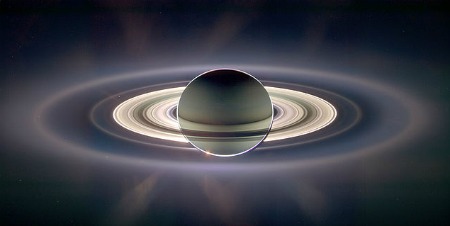Yes, life is stressful, details here. But on the way cool side, last summer, Cassini missions specialist had the spacecraft behind Saturn and took a mosaic of images they have now assembled into a masterpiece. It’s among the best astronomy images ever produced, and its incredibly detailed. Saturn porn and more below! [Read more…]






